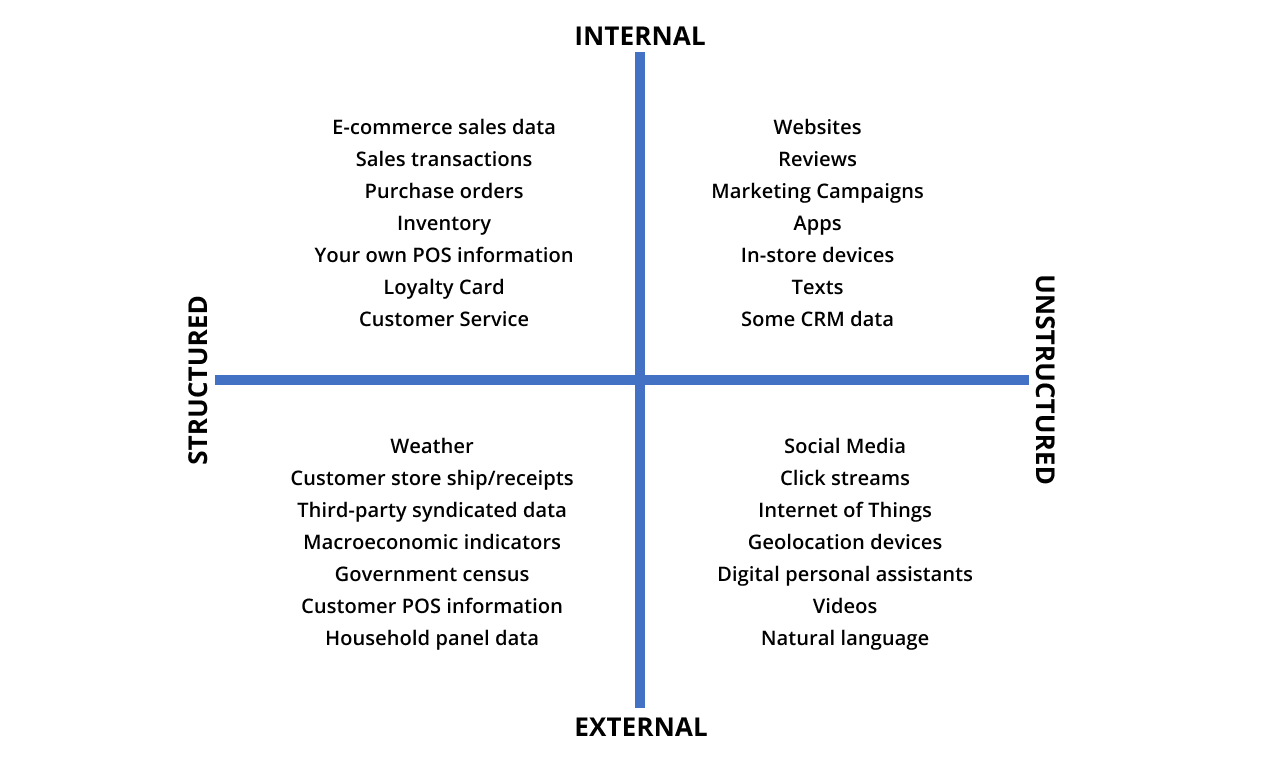Machine Learning-powered Demand Forecasting: Transforming The Risk Into Opportunity
- Created at:
- Updated at:
A digital transformation is no longer an option. But simply digitizing the traditional processes does not work. Organizations that view artificial intelligence and machine learning as a critical differentiator create more business advantages.
Most technologies are being used in retail to enhance the buying experience. But perhaps the most effective tool of all is data. By collecting data and looking at past trends, it’s possible to determine what will likely happen in the future.
Demand forecasting refers to making predictions about customer demand using historical data. Proper demand forecasting gives valuable information so to make informed decisions about pricing, business growth strategies, and market potential.
How the algorithms work under the hood you may check in the latest research on demand forecasting. And in the article we’ll focus on transforming business reality with the technology.
Any crisis can force business owners to seek change. Oleksii Tsymbal, Chief Innovation Officer at MobiDev, says “Most challenges may be turned into a new opportunity. The adoption of artificial intelligence and machine learning has a big potential for the future of the retail industry. Smart retail products and services would have the potential to be the future leader of the business. Thus, the retailer would be able to further enhance its online capabilities and in-store customer experience. That is what implies successful risk transformation”.
What is ML-Powered Demand Forecasting?
Compared to traditional methods, ML-powered demand forecasting systems can not only learn from data and make a more accurate analysis, but also increase adaptability to changes and automate forecast updates. The deep analysis of data allows getting additional information to make a decision, for example:
- Find differences in demand among points of sale and merge them into clusters.
- Understand key customer demands and create a decision tree.
- Dedicate goods generating additional revenue.
- Predict and facilitate sales.
- Define effective promotion approaches.
- Consider such cross-effects as cannibalization and halo.
Demand forecasting may be conducted from different perspectives. This allows the calculation of key business metrics: retail turnover, traffic of a point of sale, and an average bill.
By setting different input parameters, an ML-powered demand forecasting system allows the building of recommendation systems when planning assortment, prices, and promotional campaigns.
How It Works
Demand forecasting is based on the supervised machine learning approach. This means that we can provide the machine learning algorithm with the correct answers for particular problems during training. By learning how provided features relate to the key goal, a machine learning model allows us to uncover insights and make forecasts about future demand.
It’s required to have a set of historical data allowing to describe the behavior of a customer in the most efficient way. Based on these data, engineers form a number of features to be elaborated by a machine learning model. By extracting patterns between features and demand, the ML model generates forecasts.
The diagram shows potential sources of data to use for demand forecasting.

The model is not limited to a number of features, but for more accurate forecasts it is recommended to have at least the following data:
- Sales transactions and purchase orders
- Price changes
- POS information
- Marketing campaigns
Here’s how the ML-based demand forecasting models could be designed from a detailed perspective.
Walmart's Collaborative Planning, Forecasting, and Replenishment (CPFR) system is a good example of a successful demand forecasting feature implementation. By gathering and analyzing the data from stores, they determine best-selling goods and their sales volume. Based on this algorithm, Walmart built the Retail Link Database system, designed to manage inventory.
Analysts enter the Retail Link system through a satellite network, by using the supplier network they forecast demand of suppliers, which shows real-time data from cash registers and to Walmart’s distribution centers. Thus, by using the CPFR system, suppliers and manufacturers can sync demand forecasts.
Unforeseen Events
Demand forecasting systems that process only internal historical data can not make accurate forecasts in case of external anomalies. This is a crucial aspect to be considered in the current reality. The selection of a retail demand forecasting model in such cases will depend not only on business goals but also on the data types.
For instance, let’s take the COVID-19 outbreak. If a prediction model utilizes only historical data, it extracts only specific customer behavior patterns for a given period. If there were no similar anomalies for those periods processed by the model, it can not have data about customer behavior in such cases. This means that a demand prediction may have low accuracy.

How can we rise to the challenge of these profound changes in demand? There are three methods at our disposal that can make our forecasting more accurate.
Information cascade modeling is a technique that can be used to predict consumer trends in times of high demand and disruption. This uses a combination of up-to-date point of sale (POS) data to forecast consumer behavior with machine learning cascade algorithms.
The COVID-19 pandemic is a great example. Demand has skyrocketed for a number of products like toilet paper and canned food. As more of these products were bought, more consumers followed the same pattern. Thus, the consumption trend had a cascading structure. Manufacturers took advantage of this cascading trend by increasing production to gain more sales. However, this created an overabundance in the market where supply was greater than demand.
Machine learning and cascade modeling are useful for predicting similar fluctuations in demand. These methods allow companies to more accurately meet the needs of consumer demand during times of crisis without overproducing.
Short-term point-of-sale data analysis is a tried and true way to find changes in demand. Data from the past one to two months can be used alongside promotions, sales orders, and upcoming shipments for better forecasting of fluctuations in demand.
Natural Language Processing uses social media and news to understand the thought process of customers more deeply. This method utilizes data mining and sentiment analysis, peering deeper into how consumers react to news, media, and current events. Learning more about consumer preferences can help us gain a better understanding of what they are buying more often and why.
Large sample sizes of customer feedback can enable us to utilize NLP modeling to see changes in what they are buying. Therefore, we can more quickly identify what products are selling out of stock and react accordingly.
Machine learning is capable of so much more than demand forecasting. Taking advantage of this versatile tool can be beneficial for many different industries and needs.
Data Science engineer at MobiDev (USA/Ukraine).
Popular posts
-
5 Ways to Improve SEO on Your DIVI Website
- 1
- 0
-
Local SEO Tips To Boost Your Business
- 2
- 0
-
7 WordPress Maintenance Tasks to Avoid Technical Nightmares
- 0
- 0
-
Is Flutter Likely to Replace Java for Android App Development?
- 0
- 0
-
7 tips for cryptocurrency trading
- 0
- 0
-
Who should be held responsible for a customer data breach?
- 0
- 0
